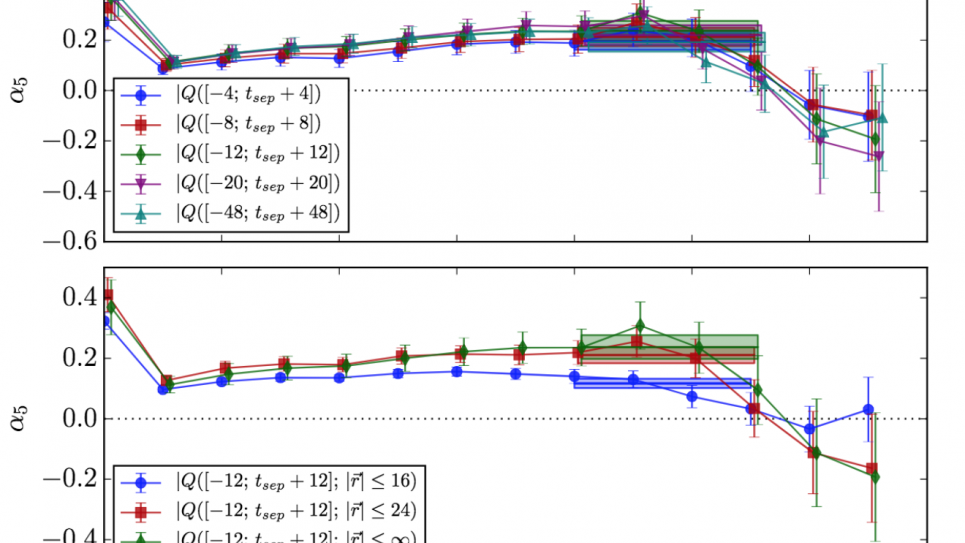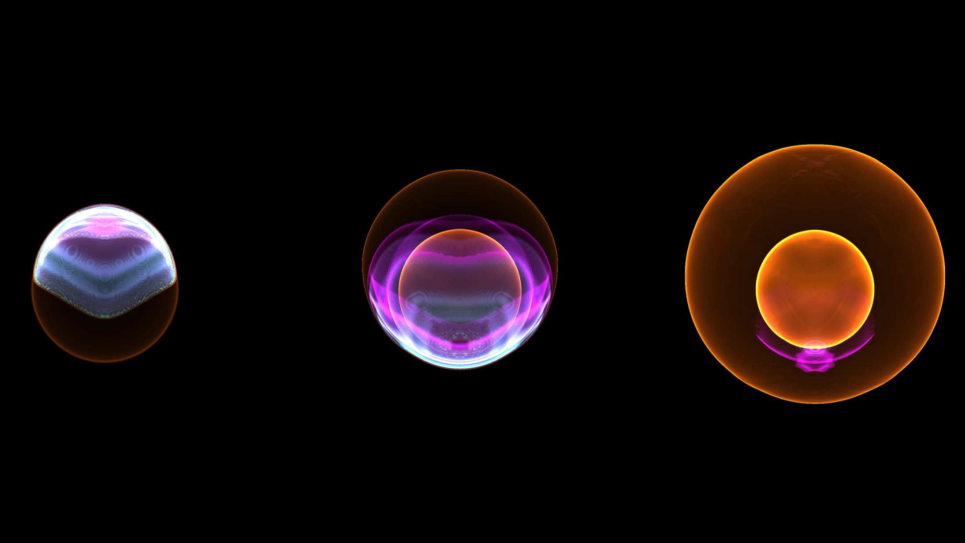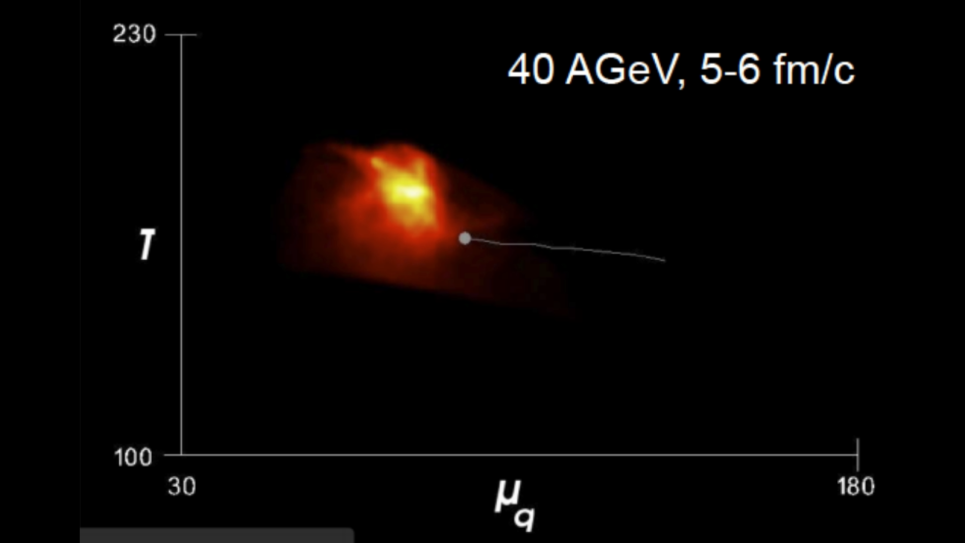
Nucleon Structure and Electric Dipole Moments with Physical Chiral-symmetric Quarks
Project Description
Our project aims to understanding the internal structure of the proton and neutron by numerical solution of Quantum Chromodynamics, the fundamental theory governing their constituents, quarks and gluons. Protons and neutrons (collectively called nucleons) are the basic building blocks of ordinary matter. Their internal dynamics is far from clear: e.g., distributions of their charge and magnetization, the origin of their mass and spin, and even the proton radius are now under question. Experiments at Jefferson Lab and the Relativistic Heavy Ion Collider (RHIC) study these questions, and our project will address them using fundamental theory. Nucleons also serve as a gateway for modern experiments searching for yet undiscovered particles and interactions that may explain, among other things, the mysterious Dark Matter and the incredibly small masses of neutrinos. Nucleons were created shortly after the Big Bang, but we do not understand why this baryogenesis produced far more nucleons than antinucleons - a key prerequisite for our existence.
Some fundamental symmetries have to be violated more strongly than current particle physics can accommodate, and searches for these violations are among the most important goals of the DOE nuclear physics program. In particular, the so-called charge conjugation parity symmetry (CP symmetry) violations are searched for in measurements of permanent electric dipole moments of nucleons and nuclei. Two such experiments on the US soil are expected to start gathering data by 2020. Interpreting results of these experiments will depend critically on reliable knowledge of nucleon structure, and this project will further our theoretical knowledge using the most realistic calculations feasible today.

